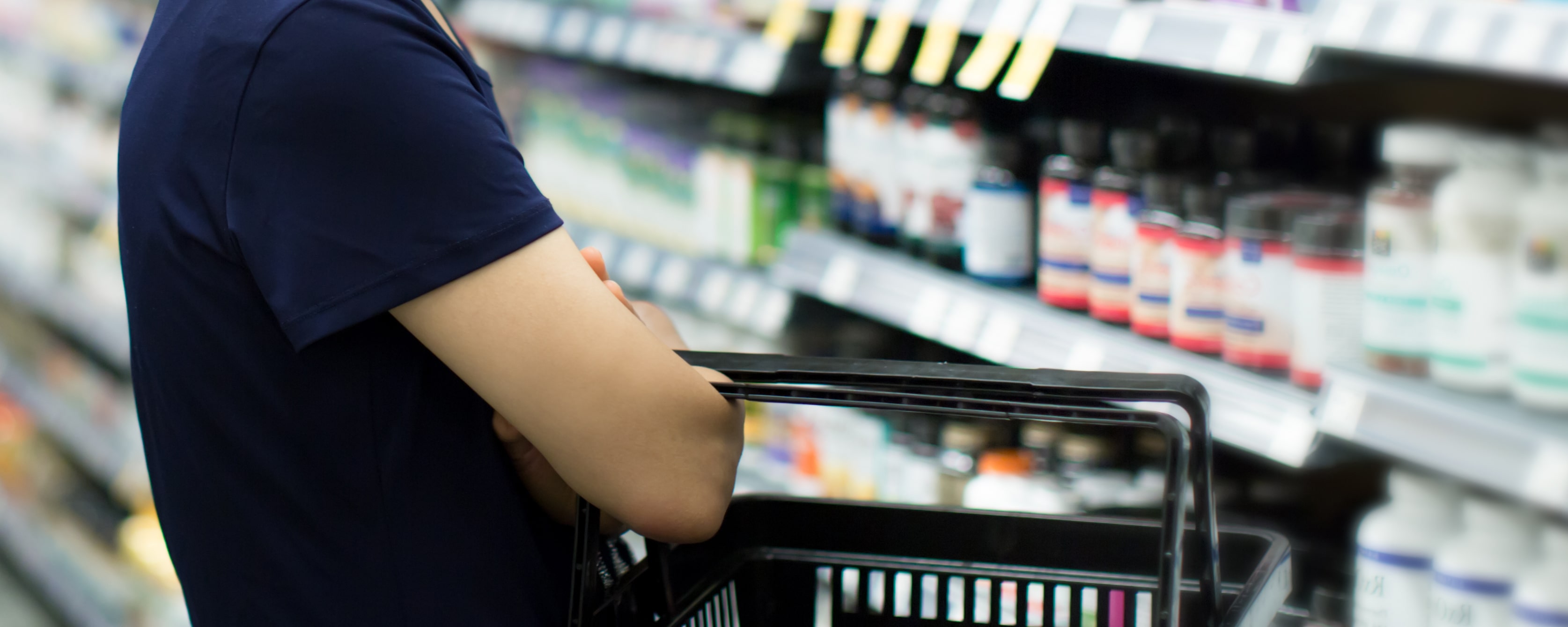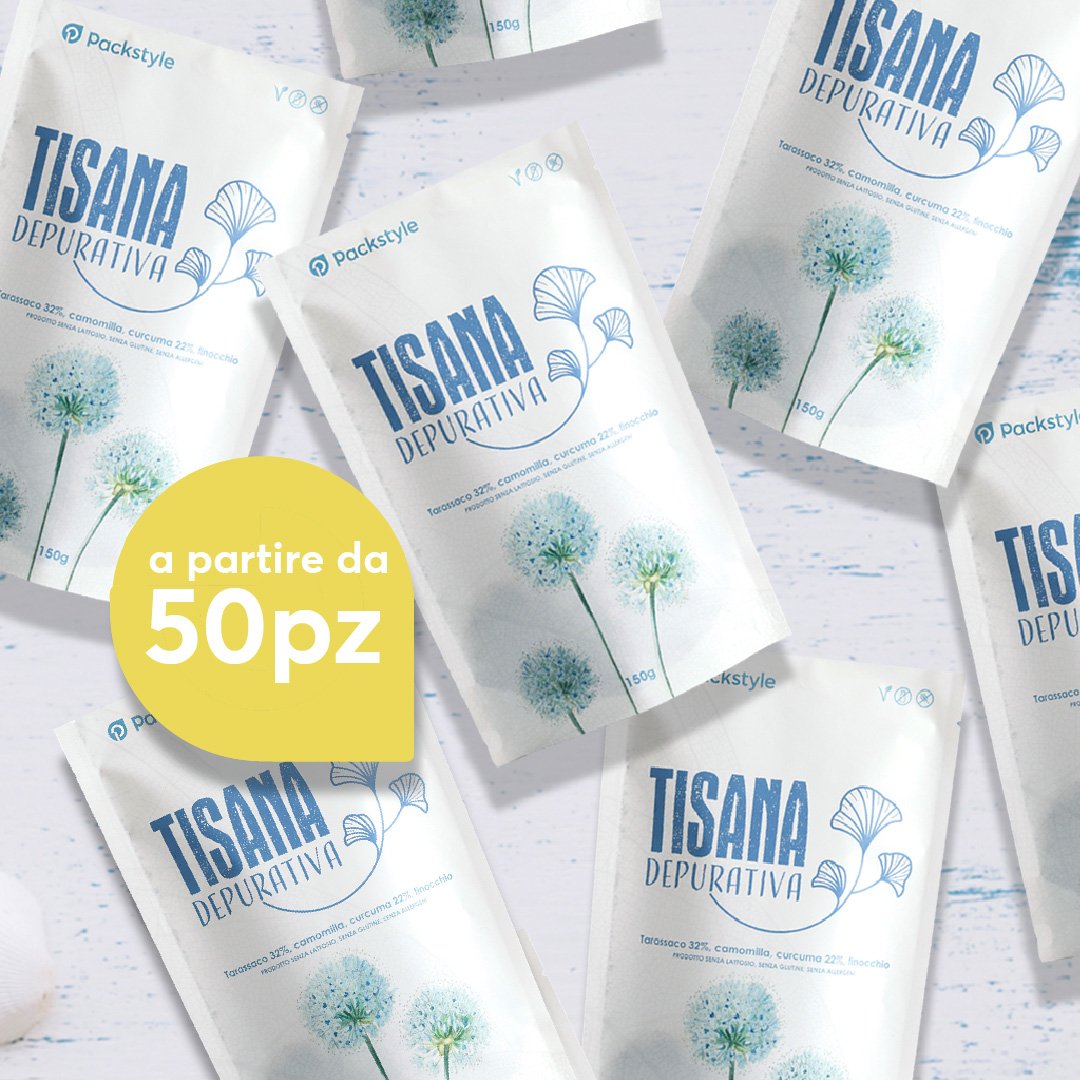If you've been following us for a while, you'll surely remember our previous articles highlighting the light environmental footprint of doypacks and flat pouches compared to other types of packaging. Thanks to a new study by the Flexible Packaging Association, we now have more precise information to support this thesis.
The research focuses on a specific market sector: supplements and proteins. This market is constantly evolving and proving to be innovative, fast-paced, and cutting-edge. We can all observe this phenomenon daily by witnessing the growing number of protein products on store shelves and supermarkets. The global demand is indeed growing exponentially.

In this dynamic scenario, attention towards packaging has been slow to emerge. According to the Flexible Packaging Association, there is still plenty of room for improvement regarding the packaging of supplements and protein powders, and a step towards progress could be flexible packaging.
Advantages of Flexible Packaging Over Rigid Containers
The Flexible Packaging Association
has recently conducted a study highlighting the advantages of flexible packaging, and we want to share the results with you so that you, too, may be aware of the significant step that can be taken towards sustainability by choosing ultra-lightweight packaging weighing just 24 grams.
The study examines three types of packaging for containing protein powders. This product is often sold in rigid packaging, large plastic canisters, but we increasingly find flexible packaging on the market, such as stand-up pouches. Flexible packaging is indeed an excellent alternative to bulkier packaging, not only in terms of sustainability, as highlighted by the study, but also because it is made of materials that provide an oxygen barrier, preventing oxidation of the components, and a water vapor barrier to block moisture. Additionally, flexible aluminum pouches also offer a complete barrier to light, preventing the degradation of any photosensitive components.
Comparing Life Cycle Indicators
For this comparative study, three different packaging types were examined: the classic plastic canister, a flexible plastic pouch, and a recyclable flexible plastic pouch. All three packages contain 584 grams of protein powder each. Below are the environmental impact data throughout the life cycle of the three different packaging types, from production to disposal.
WATER CONSUMPTION
The production of stand-up pouches shows a substantial reduction in water usage (-64.49%) compared to rigid containers. Naturally, to produce a much lighter and smaller product, it's logical that water consumption would be significantly lower.
GREENHOUSE GAS EMISSIONS
All stand-up pouches resulted in much lower greenhouse gas emissions compared to rigid containers, both in material production, manufacturing, and also regarding disposal. Specifically, the flexible plastic packaging records a value of 0.0761 kg CO2e, the recyclable flexible packaging records a value of 0.0904 kg CO2e, while the value reaches 0.428 kg CO2e 1 for the rigid plastic packaging.
FOSSIL FUEL CONSUMPTION
The two flexible packaging options result in a significant reduction in fossil fuel consumption compared to rigid containers. This is largely due to the fact that the jar weighs 4-5 times more (108.3 g compared to 20.73 g/24.92 g) than the flexible pouches. The recyclable packaging uses slightly more fossil fuel compared to the plastic pouch, as its structure is slightly heavier than the flexible plastic pouches (24.92 g compared to 20.73 g). In detail, the values of fossil fuel consumption are 1.89 MJ equivalent for the flexible plastic pouches, 2.31 MJ equivalent for the recyclable flexible pouches, and 10.83 MJ2 equivalent for rigid jars.
DISPOSAL AND RECYCLING
The product-to-packaging ratio is a measure that compares the volume of the product itself to that of the packaging. A high ratio indicates that there is more product relative to packaging material, which in turn means less waste and resources used for the final product. In the case of flexible packaging, the product-to-packaging ratio is very high, at 96.6%, with the packaging weight accounting for 3.4%. The value decreases for rigid plastic containers, reaching a value of 84.4%, with packaging weight accounting for 15.6% of the total weight.
Flexible Packaging: Synonymous with Lightness, Strength, and Sustainability
The numbers from this study conducted by the Flexible Packaging Association (FPA) demonstrate and confirm what we have always conveyed through our Packstyle flexible pouches. The very structure of flexible packaging starts with a significant advantage in terms of sustainability: the pouches are lightweight and occupy little space, so producing them, transporting them, and disposing of them require much less energy compared to other packaging solutions. The jars compared to the two types of pouches are heavy and bulky, requiring greater effort in every phase of the life cycle. In this video we made some time ago, the advantages of flexible packaging are clearly evident.
Packstyle's Commitment
The global functional food market was estimated at around $500 billion by the end of 2021, with expectations of a 6.9% average annual growth rate, bringing the sector to $750 billion by 2027. Among the subcategories of the sector is that of supplements, which are globally valued at $140 billion (with expectations of a 7.7% increase). The demand for supplements and proteins is ever-increasing: just take a walk through the supermarket to see the increasing number of labels stating "protein-rich" or "high-protein" food. The natural consequence of increased production and distribution of the product is an increase in its packaging. It is therefore extremely important that among manufacturers, there is a widespread conscious choice regarding packaging: on the one hand, relying on packaging that preserves this type of product as best as possible, extending its shelf life to avoid waste, and on the other hand, promoting the reduction of packaging, using only what is necessary to best preserve the product. The right balance between these two requirements is flexible packaging: solid, resistant, protective, and lightweight.
Starting with the advantage of flexible packaging, Packstyle has not rested on the sustainability front but has continued to develop and implement green projects to make its pouches even less impactful on the environment. For example, Packstyle uses electricity supplied by ForGreen group, an energy operator that offers energy entirely from renewable sources. Regarding waste management in the company, Packstyle has relied on Recycla, a group that promotes the circular economy by valorizing waste.
As for the materials offered, Packstyle's research and development sector studies increasingly sustainable solutions, offering the possibility of making pouches from recyclable materials that guarantee maximum product protection. Specifically for the supplements market, Packstyle offers targeted solutions according to the different needs of manufacturers: recyclable materials, different sizes, flat or stand-up pouches. Personalizza le tue doypack per integratori alimentari con Packstyle! Affidati a un servizio semplice e veloce.
Packstyle has chosen to test its products and has obtained several certifications: the ATICELCA certification, which attests that the packaging can be entirely recycled with paper. New products such as recyclable metallized film and recyclable transparent film have excellently passed the recyclability test conducted by Interseroh+.
The challenges Packstyle faces every day are numerous, and tackling them requires determination
1 The CO2 equivalent (CO2e) is a measure that expresses the impact on global warming of a certain amount of greenhouse gas compared to the same amount of carbon dioxide (CO2). In particular, here we are referring to "kilograms of CO2 equivalents," relating to one kilogram of substance.
2 One megajoule (1 MJ) is assumed to be equivalent to the energy developed by 0.057 kilograms of wood equivalent (1 kilogram of wood equivalent is assumed to be equivalent to 17.5 megajoules).









Your Comments :